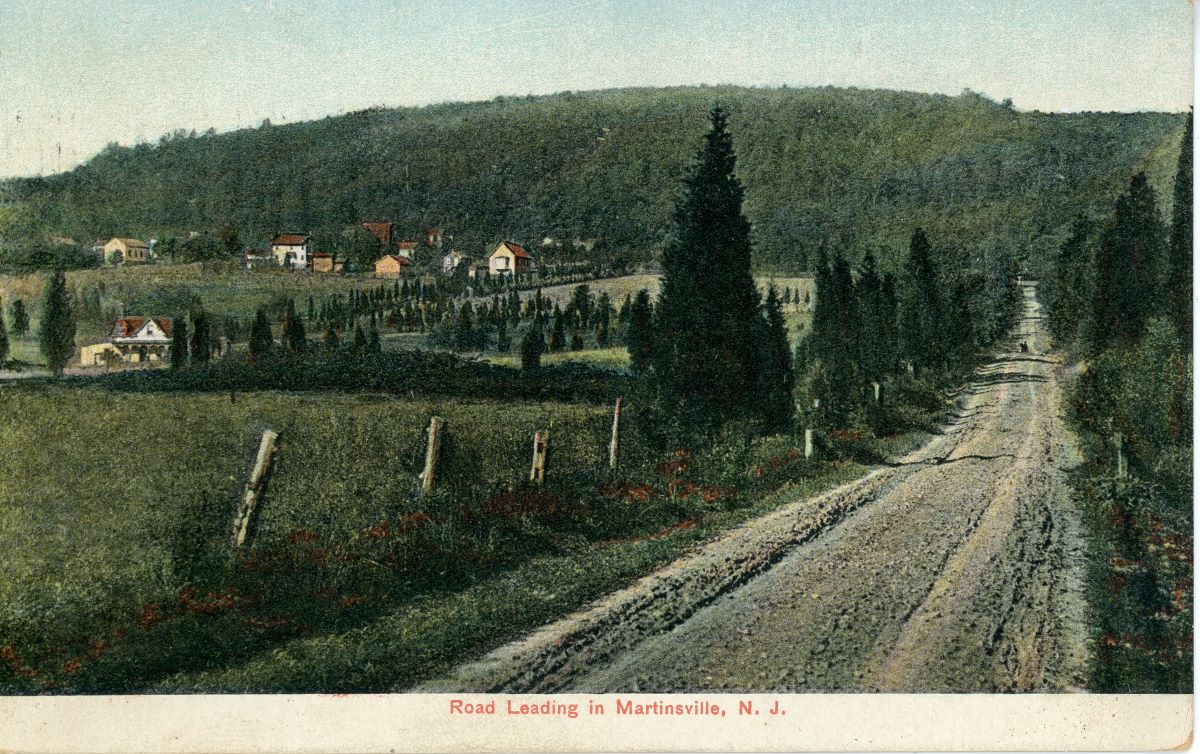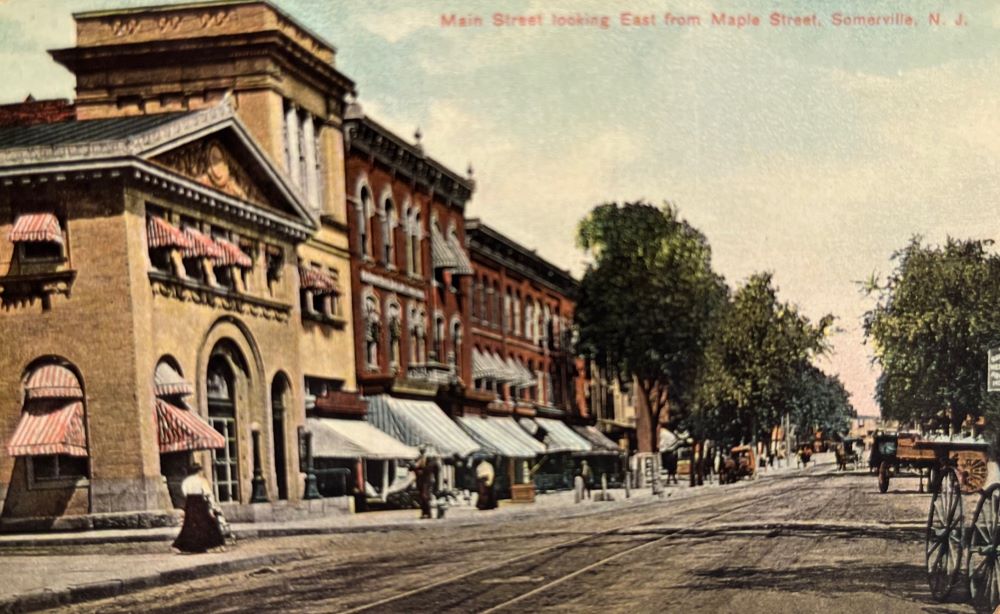By Bruce Doorly

In 1861, privately produced small mailing cards that did not require an envelope had been approved for mailing. Then in 1873, the government started producing government postcards. But these early cards did not have photos.
Initially the postage necessary for the government postcards was one cent, while the postage for the privately produced cards was two cents.

In 1898, to encourage the use of postcards the U.S. Congress lowered the rate on private postcards to one cent. It was also about this time that home delivery of mail had become a standard part of the postal service. Previously one had to take a trip to the post office to pick up their mail.

To have a photograph taken usually required visiting a professional in their studio. (There were no selfies back then.) Photos were taken for special occasions such as a wedding. It was a rare family that had more than a few photographs.
Advances in photography, printing, and mass production made the postcard craze possible. The golden age of the postcard is said to have started in 1905 with the peak years being 1907 to 1910 (but postcards remained popular into the 1920s). The printing, mailing, and collecting of the picture postcards became a national obsession.

The local newspaper reported that one recently married couple first met at a postcard display counter.
Albums to hold postcards for the collector became popular.
The postcard rage was such that a device called the reflectoscope was invented that could project any postcard onto a wall. There were electric and gas driven models. The cost for the reflectoscope was $3.

But before they were mass produced colors were often added by hand.
This further increased the novelty and beauty of the postcard.

There are at least three ways to view hundreds of these historical postcards.
1. Logon to raritan-online. Here there are separate web pages for Bridgewater, Raritan, Somerville, Bound Brook, North Branch, Bedminster, Pluckemin, and Peapack/Gladstone. These postcards are mostly the hand drawn colorized version.

This 128-page book can be found at local libraries and the “Barnes and Noble” bookstore on the Somerville Circle. There are 233 postcards in total divided into chapters for municipalities. Each postcard has a two or three sentence caption giving useful and interesting information about the photo on the postcard. The only shortcoming is that all the photos are in black and white. But this book is still a must have for local historians.

About 300 postcards, mostly colorized, are contained in a large binder at their headquarters located at the Van Veghten House located on Van Veghten Drive off Finderne Avenue in Bridgewater just north of Manville. The house is open every Tuesday from 11 AM till 3PM and on the second Saturday of the month from noon to 3 PM. The cost for admission is (a reasonable) $5.

The postcards reflect what the towns were like in the era of the historical postcard from 1905 to 1925.

Somerville was the most developed town during the postcard craze. The Somerville postcards are divided between Duke’s Park (back then identified as Somerville) and Downtown Somerville. The postcards from the downtown are the most interesting as many of the buildings still stand today.
The First Reformed Church, The Second Reformed Church, and St. John’s Episcopal Church have changed little in their appearance. The County Courthouse with the Lord Memorial Foundation in front have also changed little. One postcard labeled the Elk’s Home is today’s Borough Hall. The postcard of the Wallace House is interesting as the property then had many trees and a fence while today the house stands alone. Two banks are still banks, but have a different name. The Duke’s Park postcards are a treasure. They show the fountains, pathways, stone structures, and statues. Many are still standing. But the ill-fated residence of James Duke, now gone, can be seen in two postcards.

The postcards for Raritan are a split between the downtown and the factories along the Raritan River. Photos of the downtown have a familiarity to today as you can easily recognize the churches and many buildings that are still standing. Raritan’s long past factory era is shown through various postcards of the Woolen Mills, the Water Tower, and the canal. The Nevius Street Bridge is a featured favorite. There are postcards for the Third Reformed Church and St. Bernards.

Bridgewater had few major landmarks during the postcard era. So many postcards featured the countryside, especially Martinsville.
There are many categories for Chimney Rock – featuring postcards of the Rock itself, the Chimney Rock Hotel, the Chimney Rock Quarry, and the Chimney Rock Falls. The Chimney Rock Quarry, which started around 1886, has a few postcards of its various buildings and railways. The Chimney Rock Hotel, opened in 1863, (predecessor to today’s Chimney Rock Inn) offers a glimpse into Bridgewater’s oldest business. And the postcard photos of the beautiful Chimney Rock Falls, today reduced to a trickle, are perhaps the most remarkable.

A long-forgotten establishment from the past that little has been written about.
A future article in the Breeze will be about this academy.